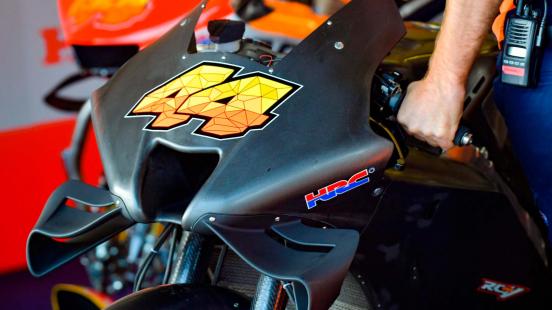

The last rain out there was over a week ago and water was still weeping out onto the track yesterday. The photo shows water weeping up & out through cracks in the asphalt at one of the problem areas, between turns 9 and 10. Last night, I was texted another such photo by a buddy who was out there yesterday. I've taken photos the last few years of water weeping up from under the asphalt, through cracks in the track. You can see evidence of this during any significant rain at COTA, as water weeps up from the track base (where it's not even supposed to be) and out through cracks in the track surface. That created bumps and cracks in the surface. The water moving inside the tube weakened the track base and caused subsidence. Water is always going to find a way downhill, no matter what, so it ran across, under, and even through the now-damaged subsurface barrier 'tube'. Then when big rain events predictably occurred, the downsized drainage system was overwhelmed. The theory was probably good, but what we've heard from multiple sources is that Epstein went cheaper and smaller on the drainage system than what was recommended by the engineers. This way, the engineers sought to create a 'tube' on which the track would rest and which would be made more stable than the surrounding soil by controlling the water content inside it.

A drainage solution was designed to divert rain runoff down the hill - under the track and under the water barrier. The track is built along the side of a hill. They dug down as much as 20 feet in places and laid an impermeable polymer barrier, then refilled it all with prescribed, imported road base aggregates, then paved on top of that. When it shrinks, it moves again and cracks.Long story a little shorter: the engineers knew about it and put an engineering solution in place to limit the issues. When it expands, it heaves and moves laterally.

The black clay out there is extremely porous and expansive, expanding like a sponge in wet weather and shrinking in dry, hot weather. COTA's track surface is not going to eventually settle and be stable going forward. The soil in that area basically never stops moving. There are massive problems with shifting soil/clay there, which was known even before they took the first core samples. This isn't normal settling that can be remedied by repaving every few years as at other circuits. Unlike many other tracks, COTA will never get to a point where it's 'finished settling' and then be relatively stable. That helps only marginally, and thins & weakens the track surface, accelerating the appearance of new bumps & cracks in the future.

Seriously, wtf? There have been other bump grinding ops done prior to that as well. That led to the all-night bump grinding ops on Friday night of the GP weekend. Remember a couple of years ago when Jennie Gow reported that the teams take scans of the track on every visit, and it had moved as much as 1.5 meters in places since the previous GP there? Think about that for a second. Medium/long version: The ground is not very stable (putting it kindly). Short version: It's very bumpy at racing speeds, esp along the east side, and is cracking/coming apart, and they aren't doing anything serious to fix the underlying problem. Sorry so long, but there's no quick way to explain it. If you're interested in the backstory, I wrote this about the soil problems a while back. It quickly became so bumpy that you can't drive even close to the speed limit on it without catching air in several places. It was billiard table smooth in 2012 when it was built. They replace them over and over.ĬOTA Blvd is a great example, too.
#NO SPOILER MOTOGP INSTALL#
They install them nice and plumb, but in a year or two they need to be re-set because they're leaning. Hell, the utility poles in the area won't even stay vertical and have to be re-installed every few years. The county comes out and levels & resurfaces them every few years, but within a few months they're crazy rollercoasters again. The roads all around the circuit go through the same problems. The soil is constantly shifting and heaving, laterally and vertically. Yes, it's bumpy af, even after they resurfaced 40% of the circuit in 2019-20. This was from a response to a Motoweek post on Reddit:


 0 kommentar(er)
0 kommentar(er)
